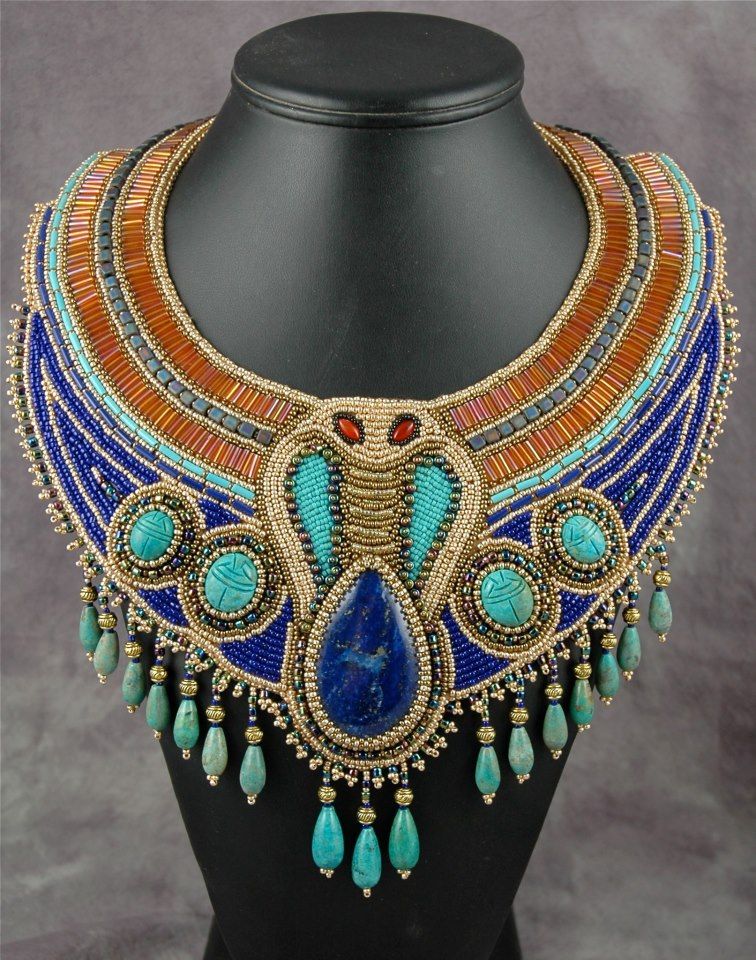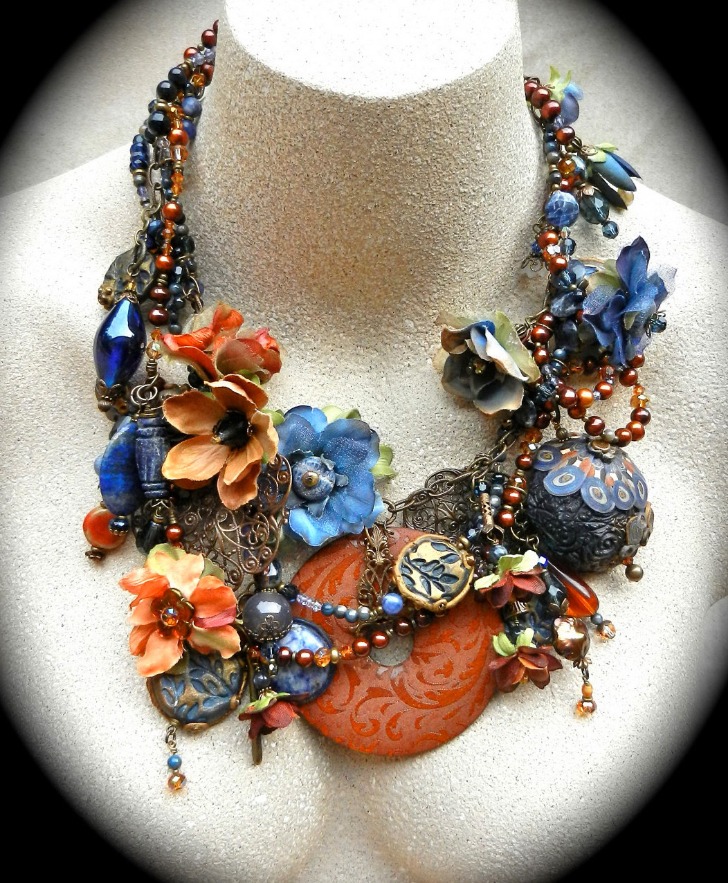The journey of wedding dresses through history is a fascinating tale of changing traditions, societal norms, and fashion revolutions. What began as simple attire has evolved into a stunning display of intricate design and personal expression. From the ancient civilizations to the modern era, wedding dresses have undergone a significant transformation.
The Early Beginnings of Wedding Dresses
In ancient times, brides wore what was customary for their community and culture. There were no specific wedding dresses as we know them today. The color and style depended greatly on local traditions and availability of materials. The ancient Romans, for instance, adorned brides in a simple white tunic.
The Influence of Royalty
Regal weddings have always set remarkable trends. The wedding of Queen Victoria to Prince Albert in 1840 is a pivotal moment in the history of wedding dresses. Queen Victoria’s choice to wear an all-white gown was revolutionary; it symbolized purity and set a precedent for future brides. This event popularized white as the quintessential color for bridal attire.
Read more about prom dresses 2024 here.
The Transition to Modern Wedding Dresses
The 20th century witnessed a dramatic evolution in wedding dresses. The early 1900s featured elegant, modest gowns with high necklines and long sleeves. By the mid-century, these dresses transformed into fuller skirts and heavily adorned bodices. The 1960s and 1970s brought about minimalist styles, reflecting the growing desire for casual and wearable dresses.
Contemporary Trends
Today’s wedding dresses are a blend of tradition and innovation. Brides seek uniqueness, opting for custom-made gowns that reflect their personalities. Modern bridal fashion embraces a wide spectrum of styles—from the classic A-line and ballgown to the daring mermaid silhouette and bohemian chic. Lace, tulle, and silk remain popular materials, adding texture and elegance to the designs.
The Essential Elements
Regardless of the era, several elements have remained vital to creating the perfect wedding dress. The choice of fabric, the precision of the cut, and the attention to detail all contribute to the allure and magic of the dress. Today’s designers push the boundaries by integrating modern technologies, such as 3D printing and sustainable materials, into their creations.
Conclusion
The evolution of wedding dresses is a testament to the ever-changing nature of fashion and culture. It encapsulates the blend of historical influence and contemporary creativity. As brides continue to seek out dresses that express their individuality and dreams, one thing remains certain: the wedding dress will always be a cherished symbol of love and commitment.







